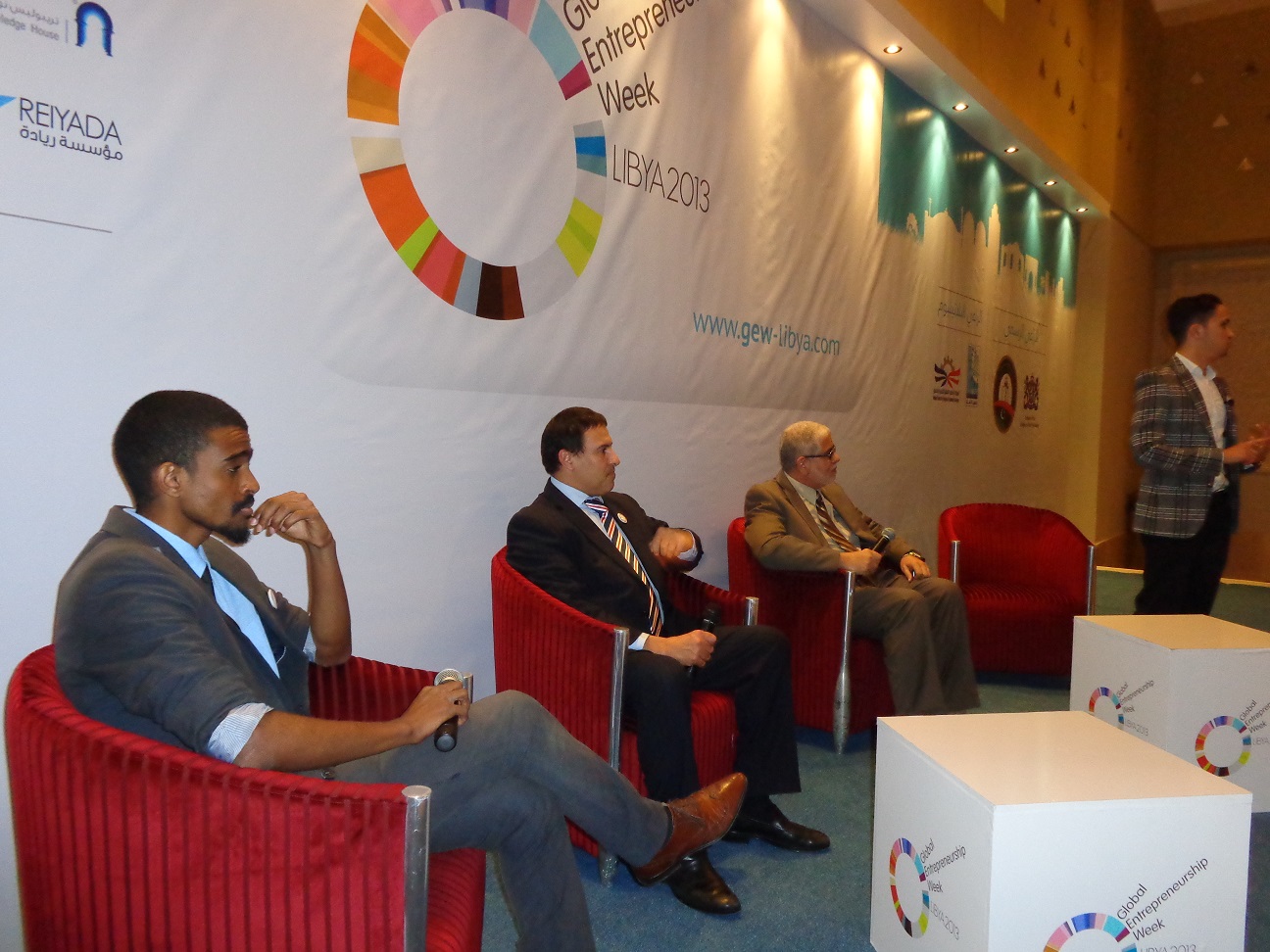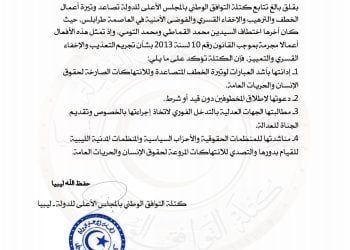By Houda Mzioudet.
Tripoli, 26 December 2013:
Tripoli’s imposing Red Castle (Saraya Hamra) hosted a video exhibition entitled First Glance on 25 and . . .[restrict]26 December. The castle was transformed into a festival of lights with helium balloons adorning the sky, bearing the Ministry of Culture logo.
The exhibition is, however, a civil society initiative by the Arete Foundation for Arts and Culture, a Libyan non-profit organisation that promotes artistic creativity and cultural exchange in Libya and its neighbouring countries. It is registered with the Libyan Ministry of Culture.
Its president, Khaled Muttawa told the Libya Herald that the foundation has made 1,000 leaflets available for the exhibition following last year’s big turnout of the first exhibition after the fall of the Qaddafi regime, which he thinks was a success for art in Libya.
Videos by different international and Libyan artists were shown on the walls of the Old City. This year, the foundation put up screens in seven locations of the castle to view the videos in seven different stations.
Visitors would visit each station, watch the videos and sometimes are entertained by a tour guide about the videos and a discussion of the artists’ works.
“We wanted it to be a setting that is different from traditional art galleries,” Reem Gibriel, executive director and founder of the Arete Foundation said to the Libya Herald.
From 6 to 8 pm, visitors were entertained to a plethora of short video works of artists from Canada, New Zealand, Argentina, Italy, China, USA, Finland, Russia, Sweden, Iran, UK, Norway, Brazil and Libya.
Libya presented its first work with the animation video of filmmaker, Mohannad Lamin entitled “Torture”. The one-minute short documentary showed bits of scenes of torture in a torture cell in Libya, including pliers, accompanied with screams as sound effects. The scene may be reminiscent of George Clooney blockbuster film Syriana (2005) and the protagonist torture session in Iran.
Video art combines moving image and sound as formative elements of the artwork. Its transgressive character lies in the artists’ deliberate break with all the rules of cinema, as there are no actors in the videos. Libyans discovered this art only after the Libyan Revolution, even though it developed in the mid-1960s.
Gibriel points out to the need of Libya for such cultural events highlighting the innovative side of the exhibition.
“Libya does not have video artists, not audience to appreciate this art and so to gain more audience instead of going to art galleries, we decided to bring it here (to the Red Castle),” she insisted.
The exhibition is supported by the Prince Claus Foundation of the Netherlands, the Arab Fund for the Arts and Culture; Tawasul Libya Corporation, the Embassy of the Netherlands in Tripoli and in partnership with the Office of the Superintendence of Tripoli and radio station Tribute FM (98.1). [/restrict]







